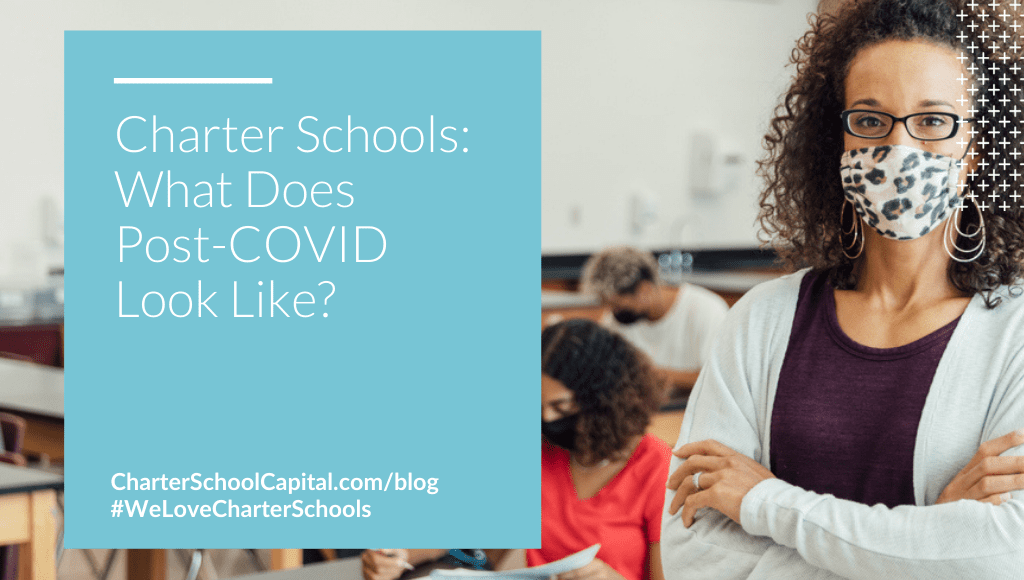Schools around the country were hit hard by the effects of the pandemic. Traditional public and charter schools alike were forced to adapt to distanced learning, train teachers and staff, and ensure student’s success during an unfamiliar time. Although students and parents learned to adjust to the “new normal,” now that more states are reopening and encouraging students to return to the class, many wonder how the pandemic has impacted the future of learning.
Why Charter Schools Performed So Well During the COVID-19 Pandemic
Charter schools already struggled to receive equal funding to traditional public schools before the pandemic. So, it came as no surprise that charter school administrators were prepared to rally for the resources their students and staff needed during the pandemic.
Despite not receiving the same treatment by local school boards compared to traditional public schools, many charter schools were better prepared to transition to virtual learning. Successful charter schools attribute the smooth transition to three reasons:
- Charter schools are less bureaucratic, which allows for easier decision-making.
- Teachers at charter schools have more experience dealing with time-sensitive situations.
- Charter schools rely more on technology than most traditional public schools.
While traditional public schools grappled with remote learning and ever-changing health policies, charter schools “made rapid leaps from the classroom to the cloud.” A charter school in the Bronx celebrated a huge milestone for the class of 2021 amid the pandemic: all 65 graduating seniors got accepted into college. So, as you can see, despite the challenges schools faced due to COVID-19, charter schools still found a way to rise above.
Lessons Learned: Will Virtual Learning Stay With Us?
Charter schools are presented with many choices when it comes to their reopening plans in the fall. You’ve come this far, so you’re probably wondering what will become of virtual learning as COVID-19 cases fall around the country. Many charter schools have already come forward with their reopening plans and safety protocols for the fall.
Many charter schools’ post-COVID reopening plans include virtual learning as an option for students, and for a good reason. Despite the push by school districts to get kids back into physical classrooms, one poll by the University of Southern California shows that parents are satisfied with remote and hybrid learning, and 42% of the parents surveyed even said they preferred remote lessons for their kids.
It’s unclear that virtual learning is here to stay forever, but it’s probably in your best interest to include virtual and hybrid learning options in your charter school’s post-COVID reopening plans.
Post-COVID: Reopening School Buildings to In-Person Learning
There are over 3 million charter school students in the country, and your charter school must be taking the proper steps to protect every student and staff member. School administrators are faced with tough decisions when it comes to reopening plans post-COVID. Juggling the opinions of parents, state politicians, and teacher unions can make it difficult for charter schools to find a reopening plan that suits everyone.
Still, charter schools must work through logistical challenges to promise a safe return for students in the fall. If your charter school is struggling to source adequate resources or create a safety plan, we suggest you look to charter schools that have successfully reintroduced in-person learning.
Social Justice, a charter school in Washington, D.C., reopened its doors to students in the fall of 2020. Although they still offer hybrid learning options, school leaders report that the following has helped ensure a safe in-person return:
- Strategic planning
- Small class sizes
- Staggered schedules
- Strict safety protocols
The Department of Education (DOE) released a handbook that provides charter schools a detailed road map for reopening that we advise you to incorporate into your charter school’s strategies. Consider the following methods suggested by the DOE when mapping out your charter school’s reopening plans:
- Include parents, teachers, and staff in the strategic planning process
- Implement COVID-19 safety protocol for food distribution
- Measure student’s social and emotional well-being through the use of surveys
- Ensure school safety and inclusiveness by prioritizing creating a safe environment that supports and responds to the trauma students experienced due to the pandemic
No one is quite sure what the world will look like post-COVID. Whether virtual learning is here to stay is impossible to answer, but one thing is for sure. Charter schools are presented with the unique opportunity to create a reopening plan that prioritizes both student safety and academic success.
